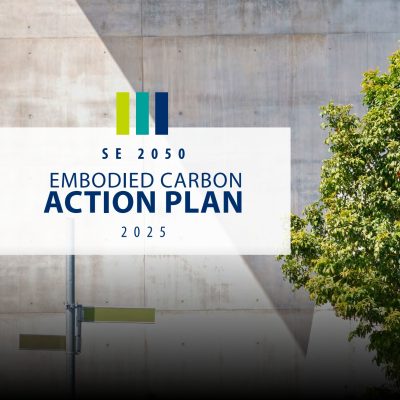One of my more perplexing investigations was a case of reported water intrusion in a commercial fast-food restaurant. The water intrusion was reportedly occurring in the kitchen area, where limited food preparation and housekeeping activities occurred. The interior wall surfaces were finished with plastic laminate panels, which precluded direct examination of wall framing conditions.
Commercial food storage racks and tables further compounded access to an area where some interior finishes had been removed at the base of the wall, revealing a crack in the base of a concrete curb wall. Staining and wetted conditions were concentrated around the crack, so we cleared out the area and brought in some better lighting. Sure enough, the moisture-related damages and staining patterns were almost perfectly symmetrical around the crack in the concrete foundation curb.
And then we noticed something fascinating. The water wasn’t wicking into the building through the crack; it was pulsing into the building at a very low, but regular frequency. We noted that every 2 to 3 minutes, a small quantity of water flowed through the crack and into the building. This pattern was repeated over and over. Since there was no sewer or chemical odor associated with the liquid entering the building, I decided to have a look at the exterior face of the wall. I thought perhaps a malfunctioning sprinkler might be the cause.
Once outside, I had a look at the exterior face of the foundation. There were no planter strips or malfunctioning sprinklers. The concrete paved drive lane was immediately adjacent to the wall and cracked curb. Puzzled, I sat there a bit and watched the cars lining up for their lattes and frappes. I marveled at how quickly the restaurant was able to get the customers through the lines…almost every 2 to 3 minutes!
This was my aha moment.
During a rare lull in the flow of traffic through the pickup window, I had a close look at the concrete pavement. It was in rough shape, and the slab had been fractured into several subsections with multiple through-depth cracks. While examining the slab, a VW Passat interrupted my musing. As I watched the relatively lightweight passenger vehicle drive over the cracked pavement, I noted the behavior of one particularly mischievous section. It appeared to rock back and forth approximately ½ inch under the weight of each passing wheel load. The standing puddle next to the slab section, an unwitting co-conspirator, would temporarily empty before being refilled by the adjacent saturated soils.
What I realized is that the cars – by simply driving over the broken concrete slab section – were unwittingly pumping water into the building.
This one was an easy fix – a properly reinforced replacement drive slab – and problem solved. But diagnosing it required good observation skills and the ability to make connections—the cadence of the water intrusion matching that of the cars going through the line tipped me off to the source of the problem. I decided to treat myself to a celebratory beverage.
Make that a tall Americano, please, straight up – no extra pumps.




